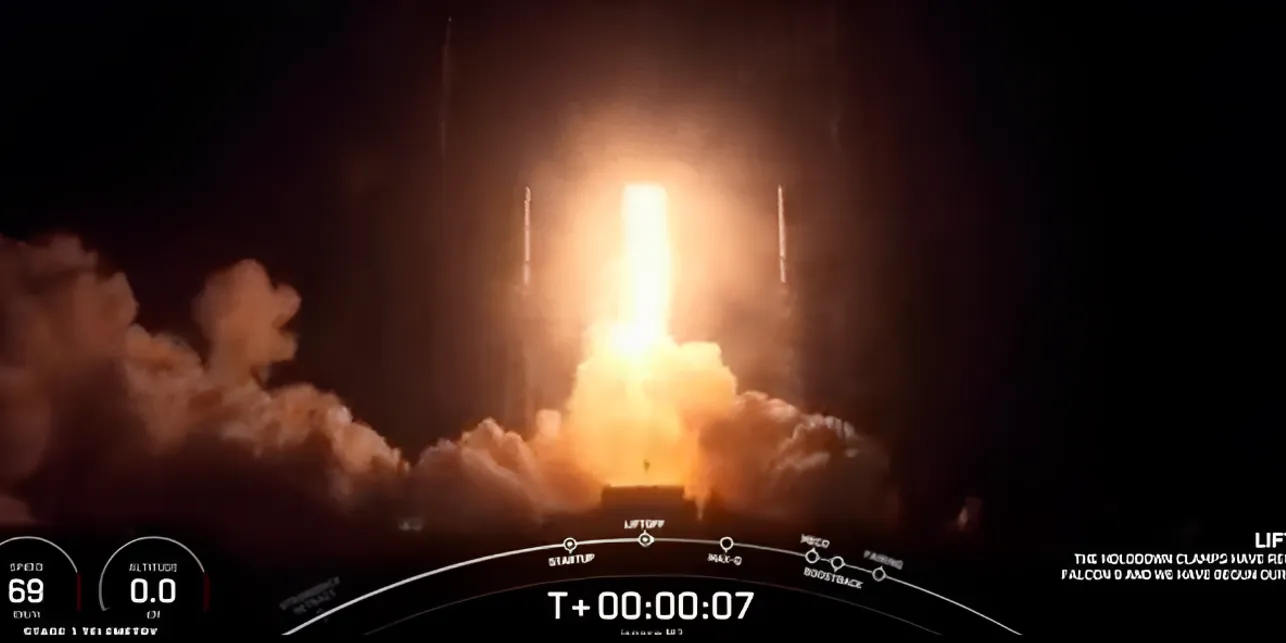
Japan launched the HAKUTO-R Mission 1, its first lunar mission from Cape Canaveral Space Force Station in Florida aboard the SpaceX Falcon 9 rocket. Here’s everything you need to know.
What is the HAKUTO-R Mission 1?

Led by ispace, a Tokyo-based startup, Japan launched its first lunar mission. It took off on the SpaceX Falcon 9 rocket from Cape Canaveral Space Force Station in Florida on December 11. The lander will touch down on the Moon by April next year. The HAKUTO-R Mission 1 has multiple payloads including NASA’s Lunar Flashlight and United Arab Emirates’s (UAE) rover. The mission is the first of the HARUKO-R series, the word means “white rabbit” in Japanese. It was one of the first five finalists of LunarX Price by Google.
“Our first mission will lay the groundwork for unleashing the moon’s potential and transforming it into a robust and vibrant economic system,” said Takeshi Hakamada. Hakamada is the chief executive officer of ispace. The startup is planning to launch Mission 2 in 2024 and Mission 3 in 2025. After 2025, it is planning to launch two missions to the Moon annually.
More on the lunar mission
HAKUTO-R Mission 1 was initially scheduled for launch on November 30. However, there was a delay as SpaceX was performing additional checks on the Falcon 9. The Japanese lander will touch down at Atlas Crates on the southeastern edge of the “sea of cold” or Mare Frigoris. Additionally, the mission will be deploying Rashid, UAE’s first lunar rover. It is historic as currently only the US, Russia, and China have deployed rovers on the moon.
53 minutes following the launch NASA’s Lunar Flashlight was released. The CubeSat will be searching for surface water ice in the shadowed carters around the southern pole. It will be docking at the near-rectilinear halo orbit after a four-month journey. The orbit around the moon will also be used by Gateway, a space station that NASA will be building as a part of the Artemis missions.






